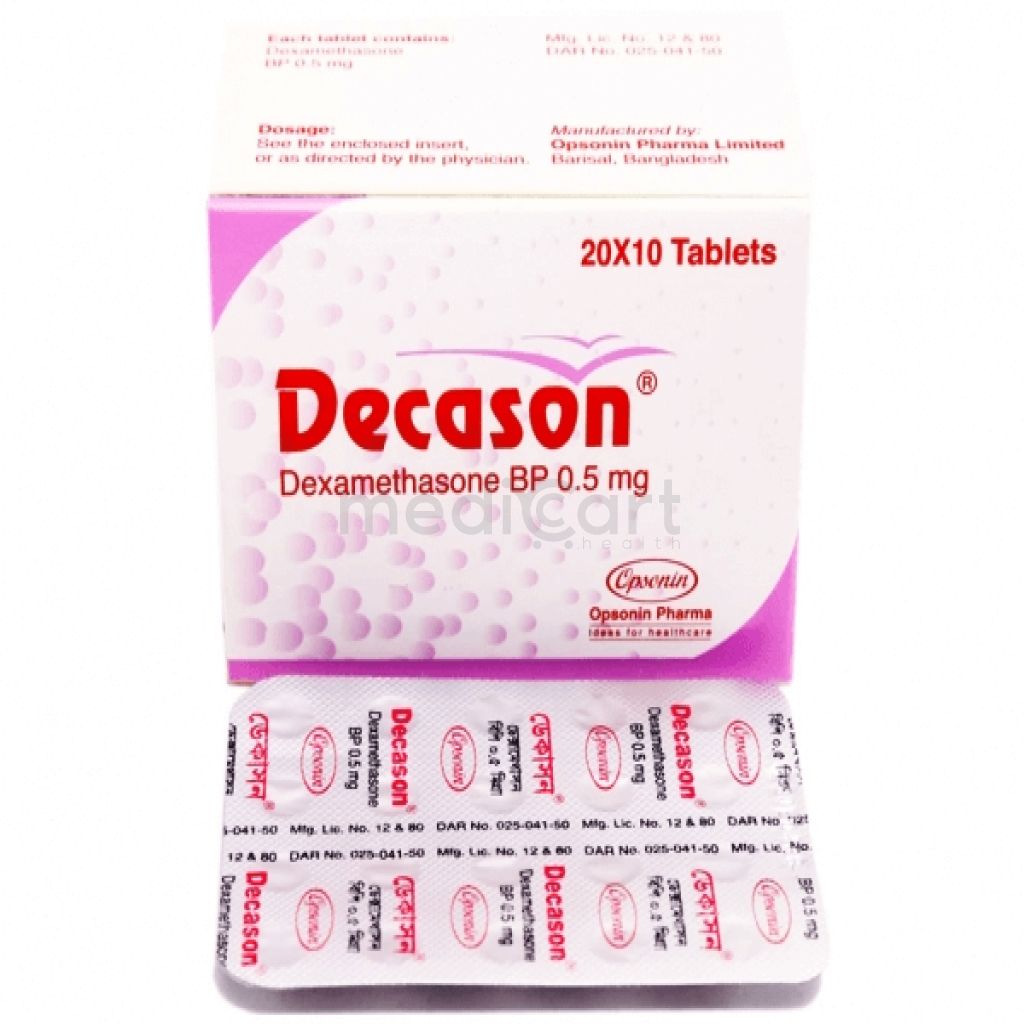

Sonexa - 0.001
Oinment* Delivery will be done in Dhaka city only.
More Information About - Sonexa - 0.001
Description
Generic Name
Dexamethasone 0.05% Eye prep
Precaution
Patients with hypothyroidism; cirrhosis, hypertension, CHF, ulcerative colitis, thromboembolic disorders, osteoporosis, glaucoma, cataracts or TB of the eye, diabetes, peptic ulcer. Monitor blood glucose levels in diabetics and coagulation indices in patients on warfarin. Elderly, children and adolescent; pregnancy and lactation. Lactation: Excretion in milk unknown/use caution
Indication
Steroid responsive inflammatory conditions of the palpebral and bulbar conjunctiva, cornea, and anterior segment of the globe, such as conjunctivitis, keratitis, iritis, scleritis, corneal injury from chemical or thermal burns, or penetration of foreign bodies. It is also effective post-operatively.
Contra Indication
Patients wearing contact lenses, herpes simplex & other virus conditions, mycosis, glaucoma, new born babies, fungal diseases of ocular or auricular structures, hypersensitivity to any component of this product.
Dose
N/A
Side Effect
Cataract (4% ) Ocular hypertension, Open-angle glaucoma, optic nerve damage, and defects in visual acuity and field of vision (after prolonged use) <1% Transient ocular stinging, burning, local irritation, ocular discharge, ocular discomfort or pain, foreign body sensation, hyperemia, abnormal vision/blurring, pruritus, lid margin crusting, sticky sensation, increased fibrin, dry eye, conjunctival edema, corneal staining, keratitis, tearing, edema, irritation, corneal ulcer, browache, eyelid erythema, corneal edema, infiltrate, corneal erosion, mydriasis, ptosis, epithelial punctate keratitis, and possible corneal or scleral malacia, [posterior subcapsular cataracts] (prolonged use)
Pregnancy Category
Name : Not Classified
Description
FDA has not yet classified the drug into a specified pregnancy category.Mode of Action
Dexamethasone is a synthetic glucocorticoid which decreases inflammation by inhibiting the migration of leukocytes and reversal of increased capillary permeability. It suppresses normal immune response.
Interaction
N/A
Pregnancy Category Note
Pregnancy There are no adequate or well-controlled studies in pregnant women; should be used during pregnancy only if the potential benefit to the mother justifies the potential risk to the embryo or fetus However, prolonged or repeated corticoid use during pregnancy has been associated with an increased risk of intra-uterine growth retardation Lactation Systemically administered corticosteroids appear in human milk and could suppress growth, interfere with endogenous corticosteroid production, or cause other untoward effects Unknown whether topical administration of corticosteroids could result in sufficient systemic absorption to produce detectable quantities in human milk
Adult Dose
Ophthalmic Ocular inflammation Adult: As 0.05% ointment: Apply 0.5-1 inch ribbon of ointment into the conjunctival sac(s) up to 4 times daily. Reduce to once daily dosing once conditon has improved.
Child Dose
Safety and efficacy not established
Renal Dose
N/A
Administration
N/Az
Disclaimer
The information provided herein are for informational purposes only and not intended to be a substitute for professional medical advice, diagnosis, or treatment. Please note that this information should not be treated as a replacement for physical medical consultation or advice. Great effort has been placed to provide accurate and comprehensive data. However, Medicart along with its authors and editors make no representations or warranties and specifically disclaim all liability for any medical information provided on the site. The absence of any information and/or warning to any drug shall not be considered and assumed as an implied assurance of the Company.







